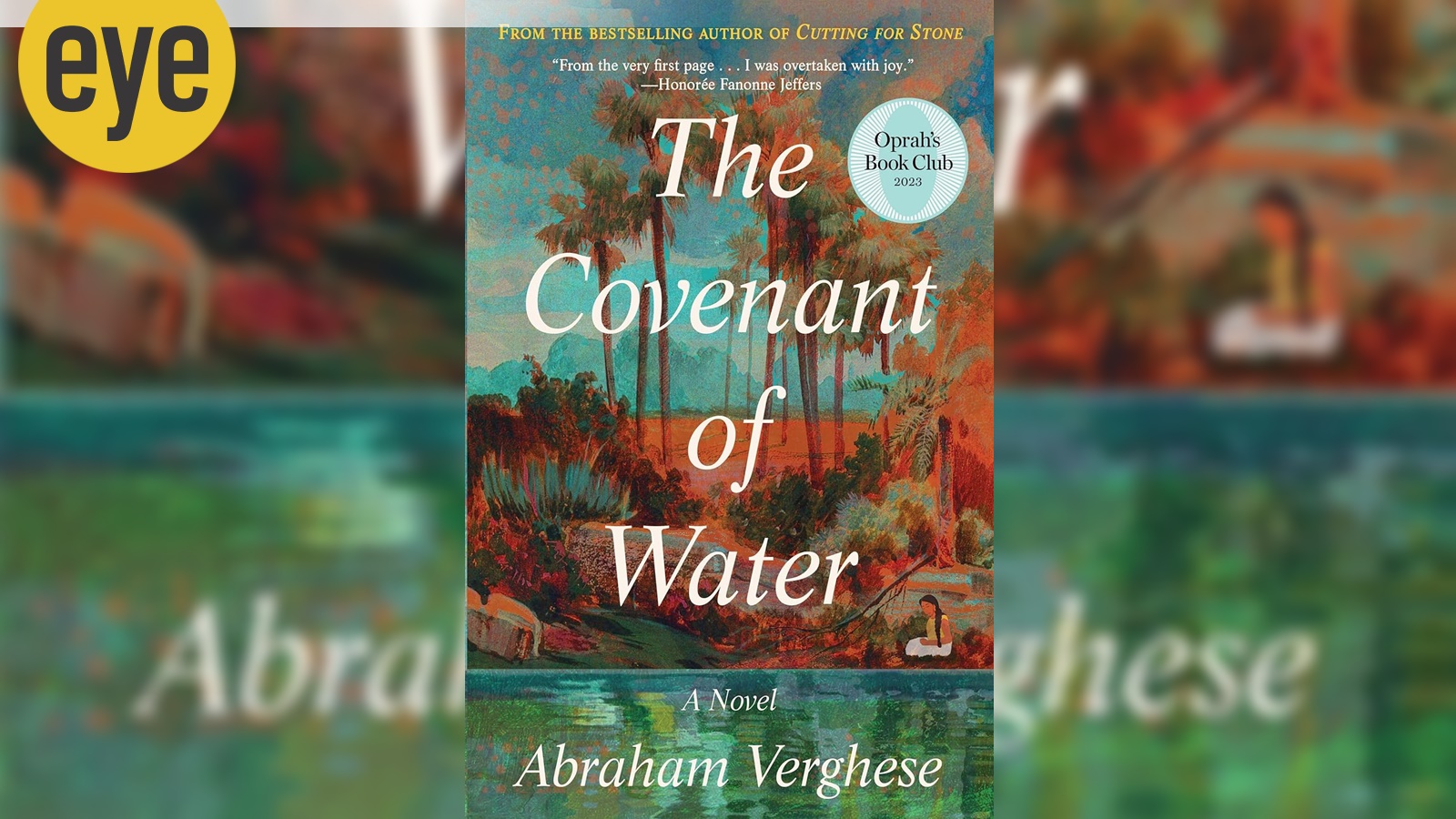Abraham Verghese’s epic The Covenant of Water starts in 1900 with a 12-year-old Mariamma and ends in 1977 with her 26-year-old granddaughter, her namesake. In the intervening seven decades, the world and India have witnessed a plethora of events – two World Wars, colonialism, famine, a freedom struggle, communism, Naxalism – all of which played a part in shaping the characters of Verghese’s second novel.
It shuttles between past and present, countries and continents, weaving a tale of love, loneliness, longing, and death, perforated by moments of wit, humour, and joy. Each story is interconnected like water “that connects them all in time and space and always has”.

At the start of the twentieth century, a young Mariamma, from a Keralite Syrian Christian family, who finds peace and tranquility in water, is married off to a widower three decades older than her. Her husband’s house, situated on a 500-acre land in Parambil, is far from any water bodies. Despite the crude rupture in life as she knew it, Mariamma effortlessly settles into the role of a matriarch, soon to be regarded by everyone as Big Ammachi.
This effortlessness can be seen throughout the novel where conflicts cease to exist almost as soon as they start and debates over plaguing issues like colonialism, caste, class, and sexual harassment are fleeting and resolved quickly.
Take Joppan, a man from the Scheduled Caste of Pulayar. He is the childhood friend of Big Ammachi’s son Philipose. For generations, Joppan’s family has provided service to Philipose’s family. When Joppan’s father Shamuel passes away, Philipose asks him to take over his father’s role. Joppan declines, citing generations of exploitation, even though Philipose’s family has been “kind”. A taken aback Philipose immediately checks his privilege.
Or Big Ammachi’s granddaughter Mariamma. She is harassed by a professor in medical school. She exacts revenge by “crushing (his) balls”. However, people around her, particularly the male characters, are understanding and supportive. While it is heartwarming to see quick resolutions to such afflictions, it does require a reader to suspend certain beliefs about the society they have grown up in.
In fact, barring a few, most of the characters are benevolent, even the white people living and working in colonial India. Each one of them is guided by their desire to do good, to contribute in their own ways, to develop the space they inhabit – be it Uplift Master modernizing Parambil with Big Ammachi’s help or a Swedish doctor starting a leprosy sanctuary.
Verghese has taken his time to develop each player, fleshing out their detailed background and patiently pushing them toward each other, one step at a time. What is the link between Digby Kilgour, a medical student from Glasgow, who moved to Madras in 1933, and Big Ammachi’s family residing in rural Kerala? Although Verghese teases this relationship by briefly bringing them into each other’s lives and swiftly prying them apart, a reader needs to wait till the end to understand how these parallel stories are connected.
Meanwhile, he occupies them with delightful descriptions of the coastal region. The architecture of old houses in rural Kerala, the evening breeze of Madras, the mist of the Western Ghats, the smell emanating from Big Ammachi’s kitchen when she cooks delectable dishes on her earthen clay pot – each description has been treated with surgical precision, leaving a fine imprint on the reader’s mind.
Even though the pace of the book may seem slow at times, Verghese expertly plays with it based on what the plot demands, specifically in parts that put the reader on the edge of their seats.
Medicine and its progress equally play a crucial role in every character’s story. Given Verghese’s medical background, it’s not surprising how much care he has put into making scenes with complex surgeries accessible to people with no relevant knowledge. One roots for the loveable doctors of the book to succeed. Similar importance is given to art and literature.
It’s truly an all-encompassing novel. By his own account, Verghese used his mother’s anecdotes of her childhood and captured the mood and voice of those memories, giving them to his fictional characters. When Philipose started writing for the Malayalam newspaper Manorama, he called his genre ‘Unfiction’, wherein he tells stories of real people but “(conflates) characters, (invents) elements that weren’t in the original telling, and (makes) his own endings”. It seems, Verghese, while busy creating Philipose’s world of ‘Unfiction’, inadvertently created one of his own.
© The Indian Express Pvt Ltd



